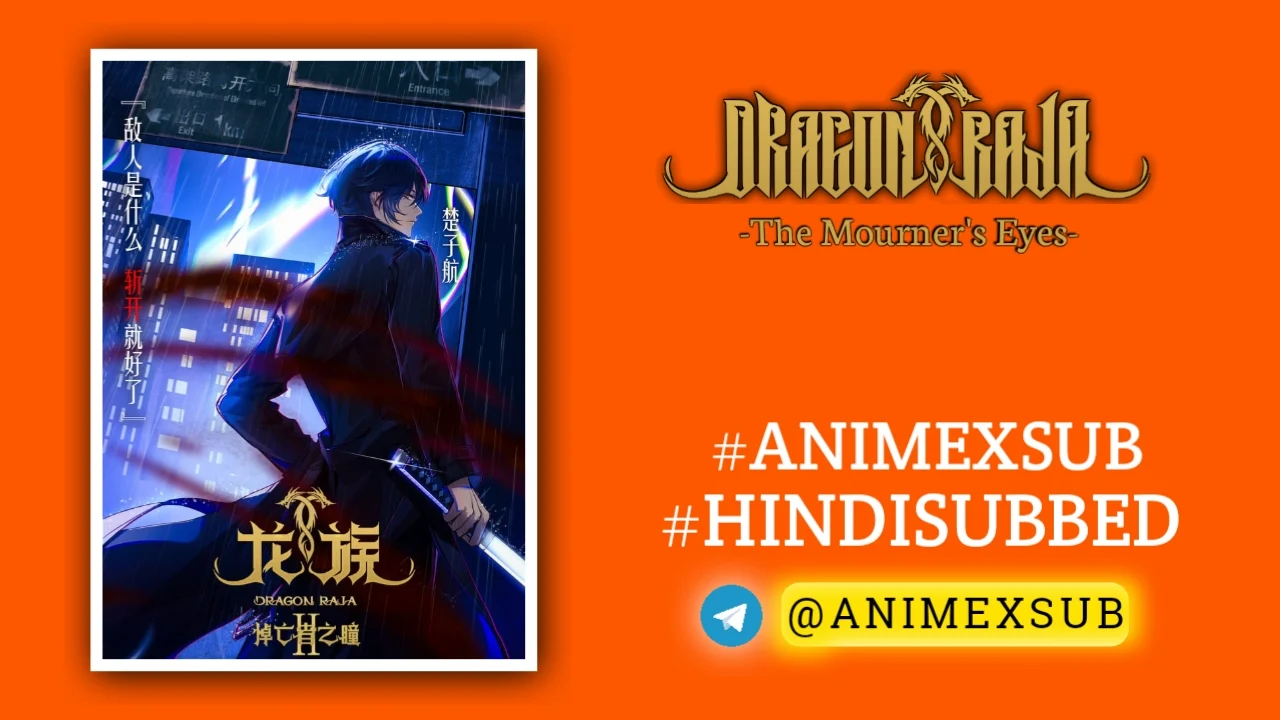
Dragon Raja Season 2 -The Mourner’s Eyes- Hindi Subbed [06/24] | Long Zu II Hindi Sub!!

Long Zu 2
Dragon Raja II -The Mourner's Eyes-Synopsis
The second season of Long Zu.
Characters
Dragon Raja Season 2: A Deep Dive into a Visually Stunning, Emotionally Resonant, and Narratively Ambitious Continuation
Dragon Raja II: The Mourner’s Eyes, the second season of the Chinese donghua series adapted from Jiang Nan’s bestselling fantasy novels, has arrived with a bold promise to elevate its predecessor’s strengths while addressing its shortcomings. Premiering in China in 2025 and set for a Japanese dub release in October on Crunchyroll, this season builds on the foundation laid by Season 1, delivering a thrilling blend of urban fantasy, intricate character development, and high-stakes action. This review offers a spoiler-free exploration of why Dragon Raja Season 2 stands out as a unique and powerful addition to the anime and donghua landscape, focusing on its narrative depth, visual artistry, character arcs, and thematic resonance, without any promotional fluff.
Narrative Evolution: A Shift Toward Emotional and Thematic Depth
Season 1 of Dragon Raja introduced Lu Mingfei, an ordinary high school student thrust into the secretive world of Cassell College, a training ground for dragon-slaying hybrids—humans with dragon genes. The first season balanced school-life dynamics with epic battles, but some viewers found its pacing uneven and its focus on world-building occasionally overwhelming. Season 2, subtitled The Mourner’s Eyes, refines this approach, weaving a tighter narrative that prioritizes emotional stakes and character-driven storytelling over sprawling exposition.
The season picks up after the dramatic events of Season 1, where Lu Mingfei’s discovery of his hybrid lineage and the loss of key allies set the stage for a darker, more introspective journey. Unlike many fantasy sequels that double down on action, The Mourner’s Eyes leans into the psychological and moral complexities of its world. The story explores themes of grief, identity, and the cost of power, with Lu Mingfei grappling with his role in a war he barely understands. The narrative introduces a “what-if” storytelling device, allowing characters to revisit pivotal moments from the past, which adds a layer of emotional weight and replayability rarely seen in anime or donghua. This mechanism doesn’t just serve as a plot gimmick; it forces characters—and viewers—to confront the consequences of their choices, making every decision feel monumental.
While Season 1 occasionally felt like it was trying to juggle too many plot threads, Season 2 streamlines its focus, diving deeper into the origins of the dragons and the shadowy motives of organizations like the Black Swan. The pacing is deliberate, balancing intense action sequences with quiet, character-driven moments that give the story room to breathe. However, this slower pace might frustrate viewers craving non-stop action, as the season prioritizes building tension and mystery over immediate payoffs. The result is a narrative that feels both intimate and epic, rewarding patient viewers with a story that challenges their expectations of the genre.
Character Development: A Human Core in a Fantastical World
One of Dragon Raja’s greatest strengths has always been its protagonist, Lu Mingfei, whose relatable flaws—low self-confidence, awkwardness, and a lack of inherent “heroic” traits—set him apart from typical anime leads. In Season 2, Lu’s journey takes a more introspective turn as he wrestles with his newfound identity and the sacrifices demanded of him. Unlike many shonen or xianxia protagonists, Lu doesn’t undergo a sudden power-up or personality shift; his growth is gradual, grounded in moments of vulnerability and self-doubt that make him feel profoundly human. This approach might disappoint viewers expecting a more conventional “chosen one” arc, but it’s a refreshing take that keeps Lu relatable in a world of larger-than-life stakes.
The supporting cast—Chu Zihang, Nono, Caesar, and newcomers like Erii—shine just as brightly, each bringing distinct perspectives to the story. Chu Zihang’s stoic determination contrasts with Nono’s fiery compassion, while Caesar’s charisma hides deeper insecurities. Season 2 gives these characters more screen time to develop, particularly through their interactions with Lu, which reveal new facets of their personalities. However, some side characters still feel underdeveloped, a lingering issue from Season 1, as the show occasionally prioritizes its sprawling plot over fleshing out its ensemble. The introduction of Erii, a character tied to the “what-if” narrative, adds an emotional anchor to the season, her tragic backstory resonating with the show’s themes of loss and redemption.
Critics of the source material have pointed out Jiang Nan’s controversial handling of female characters, with some accusing the novels of misogynistic undertones. Season 2 attempts to address this by giving characters like Nono and Erii more agency, though it doesn’t fully escape the novels’ baggage. The donghua’s writers have made efforts to modernize the narrative, but certain plot points may still feel jarring to viewers sensitive to these issues.
Visual and Auditory Artistry: A Technical Marvel
If Season 1 was praised for its stunning visuals, Season 2 takes it to another level. Produced by Tencent and Studio GARDEN, the donghua continues to leverage cutting-edge animation techniques, blending 3D and 2D elements to create a cyberpunk-fantasy world that feels alive. The fight scenes are a highlight, with fluid choreography and vibrant effects that make dragon battles feel both chaotic and precise. The urban settings—futuristic cities, sprawling campuses, and eerie dragon lairs—are rendered with meticulous detail, giving the series a cinematic quality that rivals top-tier anime.
Kohta Yamamoto’s soundtrack, returning from Season 1, elevates the emotional and action-packed moments alike. The score blends orchestral grandeur with electronic flourishes, perfectly capturing the series’ mix of modern technology and ancient mysticism. However, the Chinese dub has faced criticism for failing to capture the characters’ emotional nuances, a problem that persists in Season 2 for some viewers. The upcoming Japanese dub, featuring talents like Daiki Yamashita (Lu Mingfei) and Kensho Ono (Chu Zihang), promises to address this, potentially offering a more immersive experience for international audiences.
Themes and Cultural Context: A Reflection of Youth and Fantasy
Dragon Raja’s appeal lies in its ability to resonate with younger audiences, particularly in China, where the novels are a cultural touchstone for many. The series captures the anxieties of youth—feeling out of place, searching for purpose, and navigating a world that feels both wondrous and cruel. Season 2 doubles down on these themes, using Lu Mingfei’s journey to explore the tension between individuality and destiny. The “what-if” narrative adds a philosophical layer, asking whether we can truly change our past or if we’re doomed to repeat it.
The donghua also reflects the growing ambition of China’s animation industry. While Japanese anime often dominates global discussions, Dragon Raja showcases how donghua can compete on both technical and storytelling fronts. Its blend of xianxia-inspired fantasy with modern sci-fi elements sets it apart from Western fantasy tropes, offering a fresh perspective that challenges viewers to rethink genre conventions. However, its dense mythology and reliance on novel knowledge may alienate newcomers, making it less accessible than more self-contained series like Demon Slayer or Jujutsu Kaisen.
Strengths and Weaknesses: A Balanced Perspective
Strengths:
- Emotional Depth: The “what-if” narrative and focus on grief and identity add layers of complexity to the story, making it more than just a fantasy action series.
- Visual Spectacle: The animation and fight choreography are among the best in recent donghua, with a unique cyberpunk-fantasy aesthetic.
- Relatable Protagonist: Lu Mingfei’s grounded, flawed personality makes him a compelling anchor in a fantastical world.
- Thematic Ambition: The exploration of choice, loss, and destiny offers a thought-provoking experience for mature viewers.
Weaknesses:
- Pacing Issues: The deliberate pacing may feel slow for those expecting constant action, with some episodes prioritizing setup over resolution.
- Underdeveloped Side Characters: While the main cast shines, some supporting characters lack depth, making certain subplots feel rushed.
- Accessibility: The dense lore and reliance on novel context can make it hard for new viewers to jump in without prior knowledge.
- Dub Criticism: The Chinese dub’s emotional delivery remains a weak point, though the Japanese dub may mitigate this.
Final Verdict: A Bold Step Forward
Dragon Raja II: The Mourner’s Eyes is a triumph of ambition, blending breathtaking visuals, emotionally charged storytelling, and a unique narrative structure that sets it apart from its peers. While it doesn’t fully resolve the pacing and accessibility issues of Season 1, it refines the formula, offering a more focused and introspective story that rewards investment. For fans of the novels or those who enjoyed Season 1, this is a must-watch, delivering on the promise of a deeper exploration of Lu Mingfei’s world. Newcomers may need to brush up on Season 1 to fully appreciate the stakes, but the emotional payoff and visual splendor make it worth the effort.
Rating: 8.5/10
Dragon Raja Season 2 isn’t perfect, but it’s a bold, beautiful, and thought-provoking continuation that pushes the boundaries of what donghua can achieve. It’s a series that dares to be different, and for that, it deserves applause.1
Support Our Anime Community!
Love watching the latest anime? Help us keep uploading new episodes by join telegram channel ❤️
Join Now!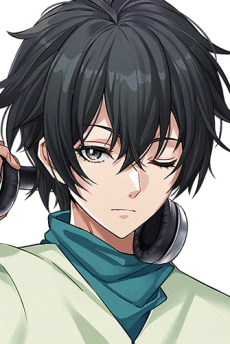
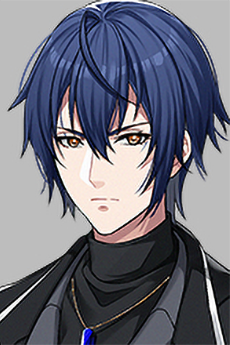

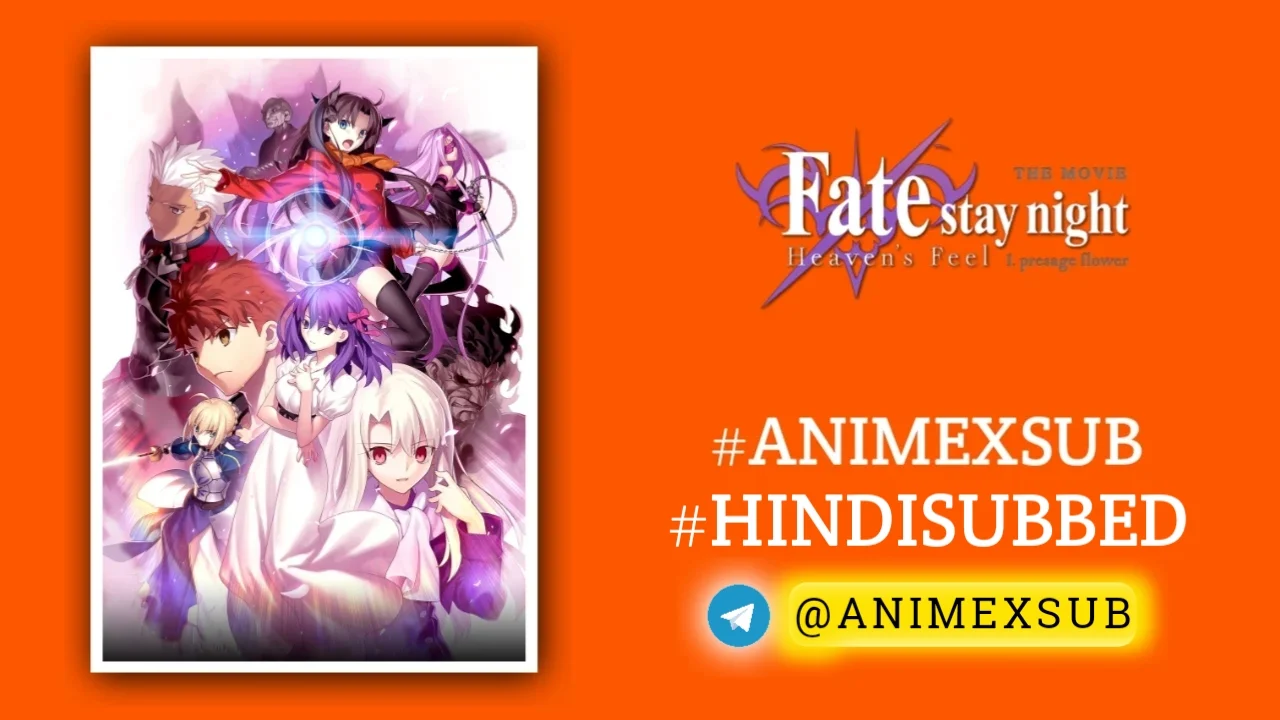
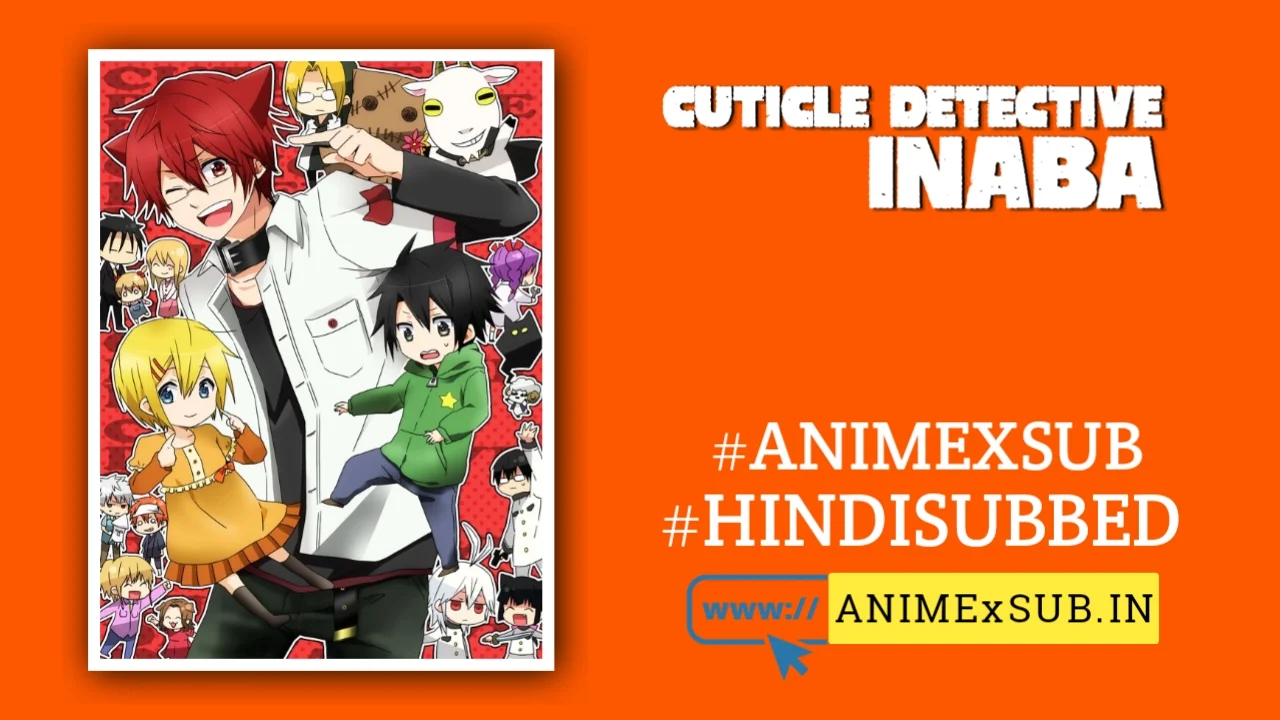
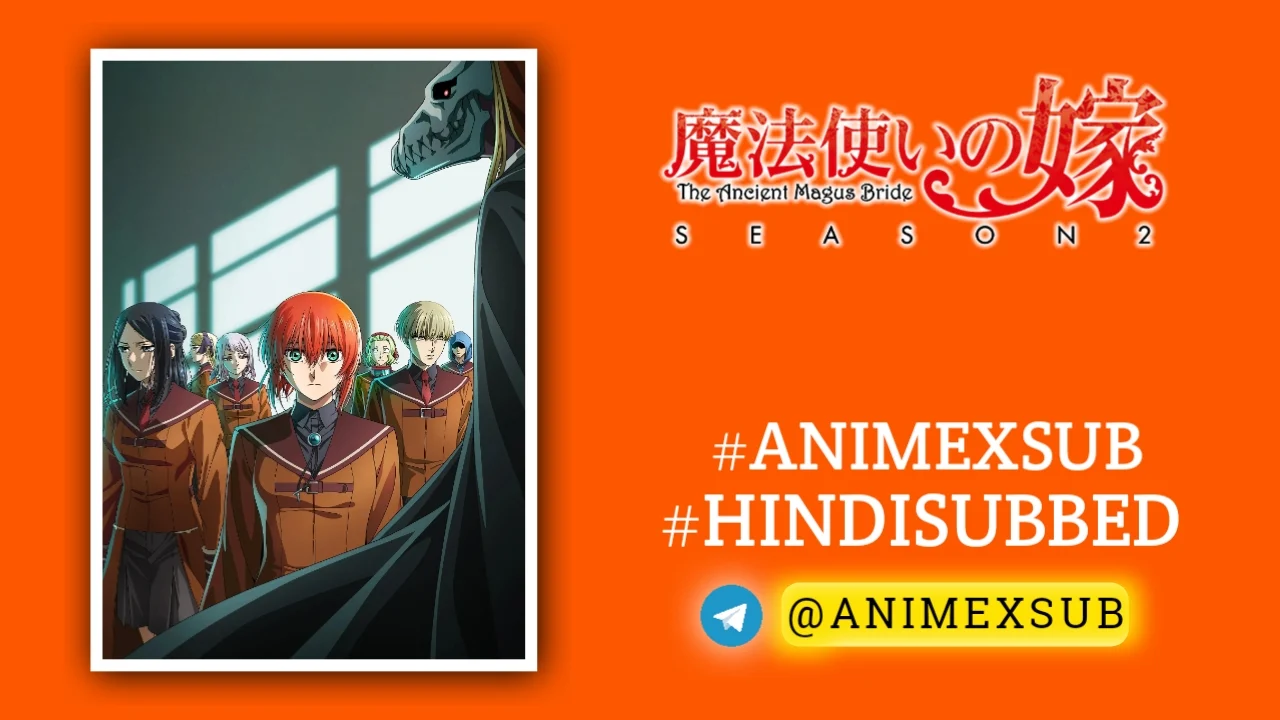
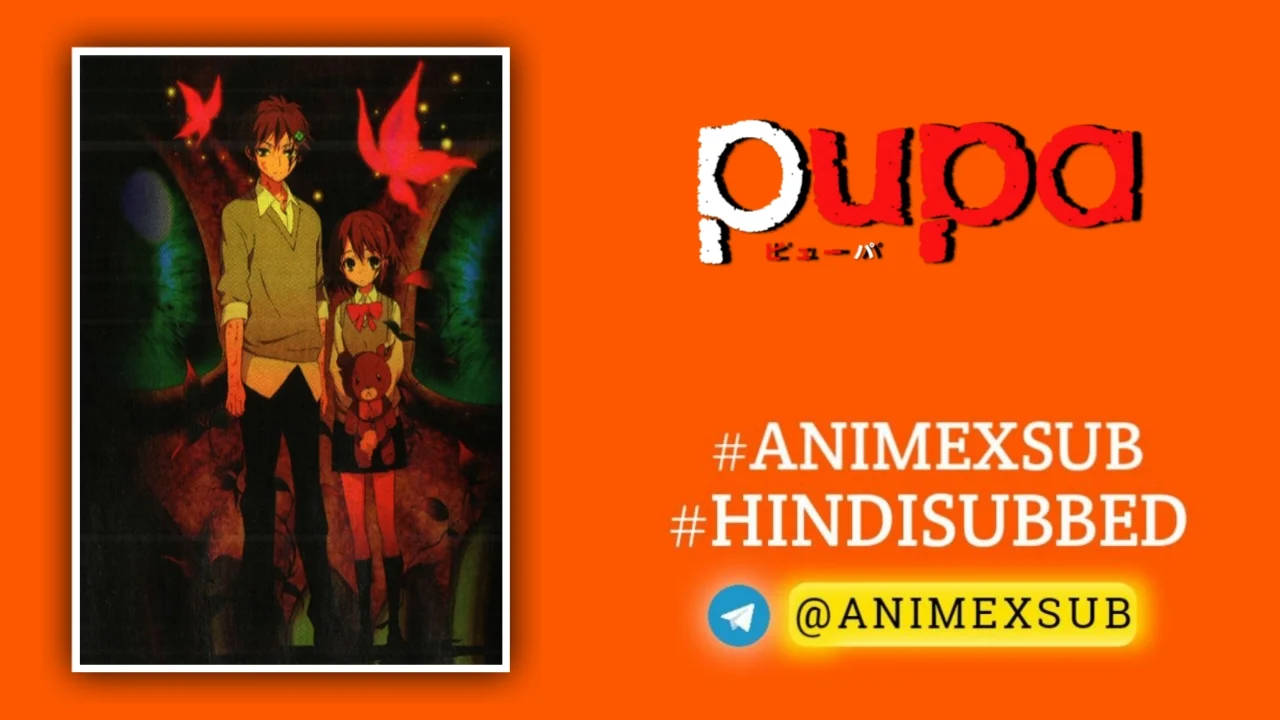
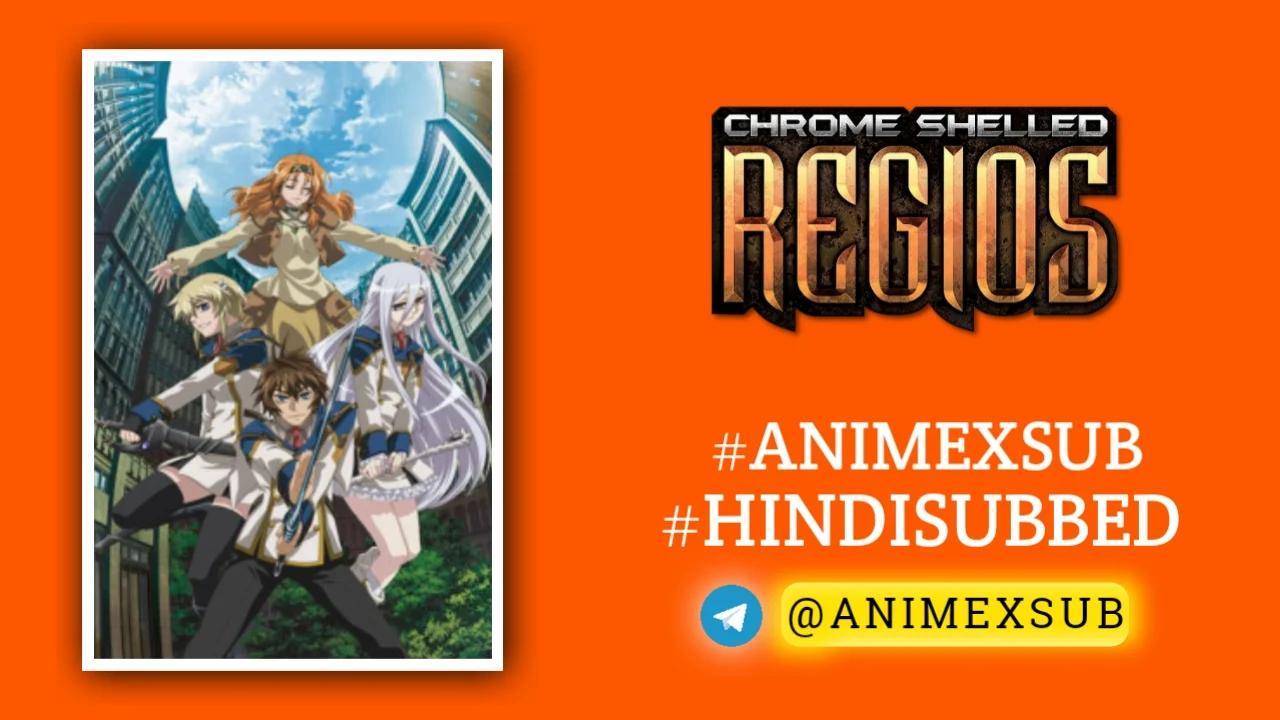
Hello sir my name is farman
Hello sir my name farman sir please check the mail and confirm that you are asking for the same to me sir please send
What are you trying to say, i didn’t understand?
Hello my name is farman please dragon Raja season 2 ep hindi